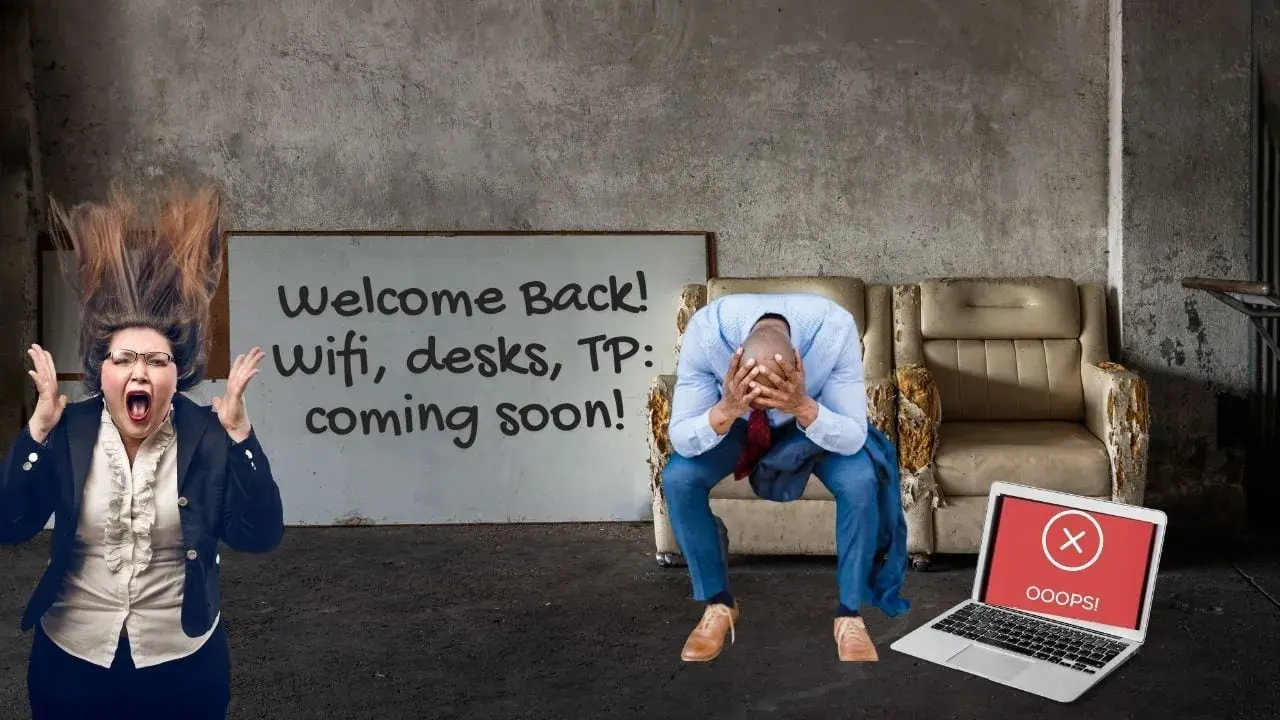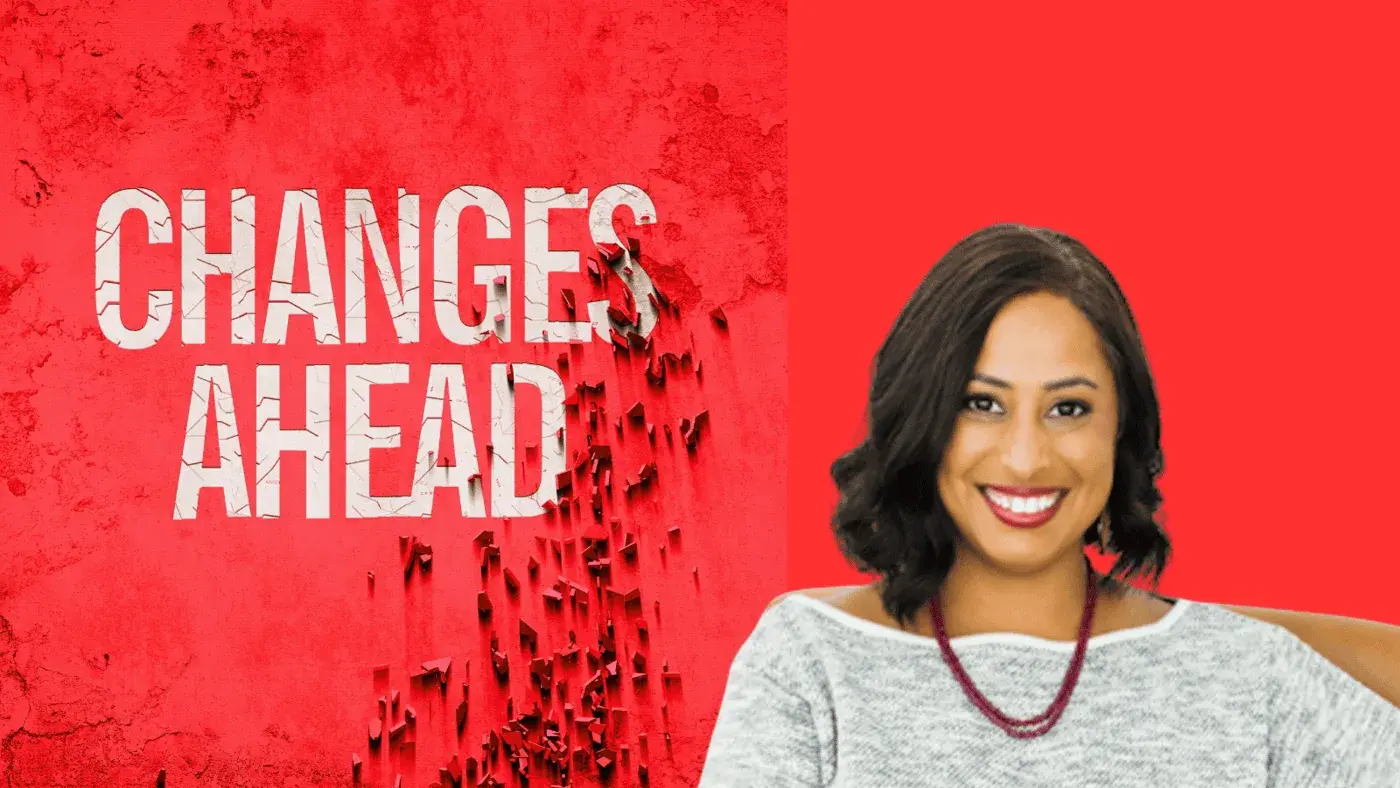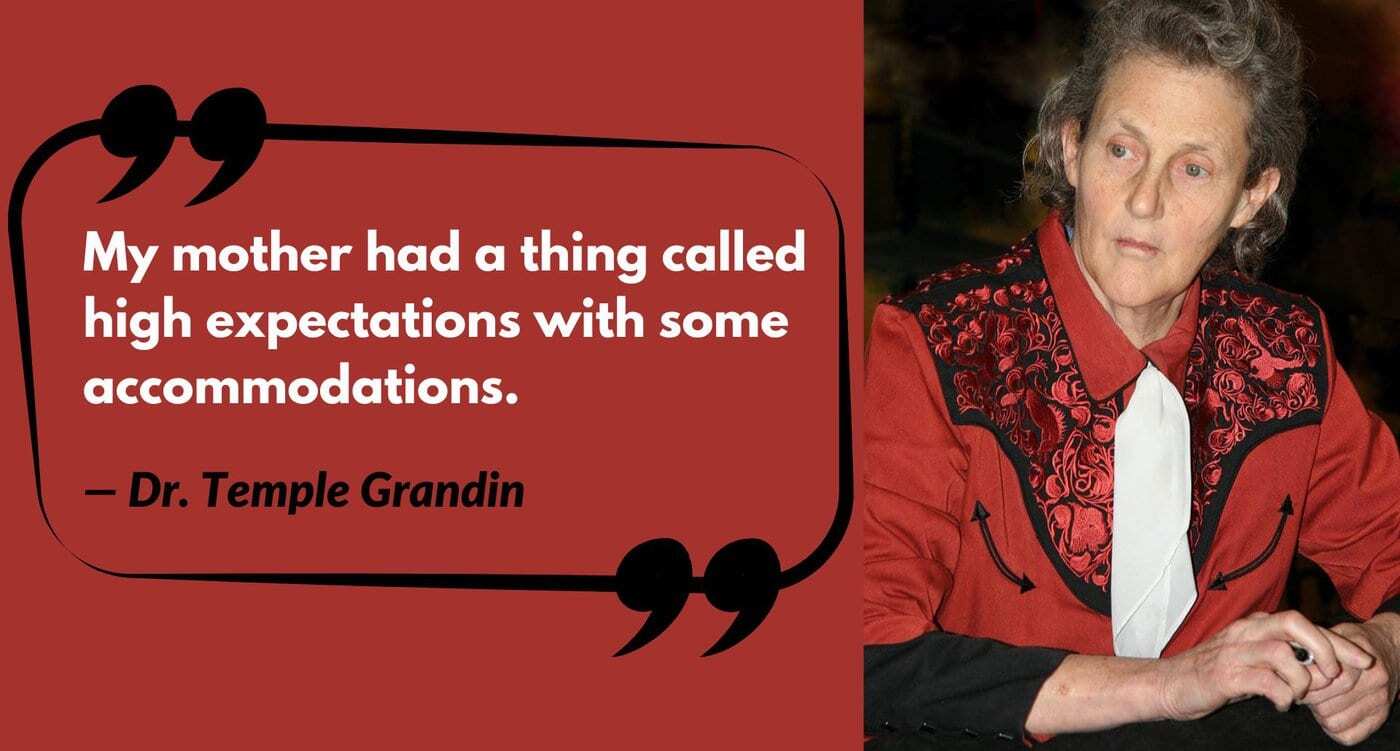Communicating Change with Clarity and Care—A Framework for Leaders
Farrah Mitra is the founder of Green Reed, a leadership coaching and consulting firm that supports people through the moments that matter most. She...
7 min read
Brandi Neal May 2, 2025 2:39:48 PM

By Brandi Neal, Radical Candor podcast writer and producer, and director of content creation for Radical Candor. As companies enforce return-to-office policies, employees are questioning the value of in-person mandates. Explore how leaders can approach the return to office with compassion, support remote and hybrid work preferences, and strengthen workplace culture using Radical Candor.

Across the U.S. and around the world, return-to-office mandates are rolling out with increasing urgency—some driven by data, others by executive fiat. Yet for all the energy being spent getting employees back into office buildings, one question remains largely unanswered: To what end?
At Radical Candor, we know that telling people what to do doesn't work, and policies that affect human beings should never be implemented without including them in the decision-making process.
When viewed through that lens, it becomes clear that many return-to-office (RTO) policies are failing not because employees resist structure—but because these mandates often lack clarity, intention, and compassion.
Let Us Help You Get RTO Right: Help with Radical Candor

The most glaring example of this disconnect comes from recent reporting by The Rachel Maddow Show (March 13, 2025). In the wake of a sweeping RTO mandate from U.S. President Donald Trump, federal agencies scrambled to comply—often with results that bordered on absurdity.
Using a new government tool to match workers called back to the office with available office space called “Space Match,” one CDC employee was offered workspace options including a closed Subway sandwich shop and a self-storage facility. Another was assigned to a local post office. A federal scientific agency worker was directed to a building used for addiction support groups—or alternatively, someone’s private home.
At the IRS, employees found themselves without desks. Instead, they were placed in cafeterias, closets, and conference rooms. A handout suggested securing laptops to furniture or even potted plants with cable locks.
These examples are more than bureaucratic blunders—they’re stark reminders of what happens when leadership acts without compassion. They send a demoralizing message: “You don’t matter.”
Radical Candor co-founder and CEO Jason Rosoff puts it bluntly: “You can’t foster innovation if people are wondering where they’re going to go to the bathroom.” He isn’t being flippant—he’s highlighting how the most basic needs are often ignored in the rush to “return to normal.”
The problem isn’t with the office per se, but with the assumption that presence equals productivity. “Most of the arguments in favor of getting people to come to the office fall into one of two categories,” Rosoff explained. “One is productivity, the other is innovation. But there’s no clear outcome data suggesting that either improves just because people are sitting under the same roof.”
Worse, many of these return-to-office decisions are rolled out without transparency, employee input, or an articulation of goals. This creates confusion, resentment, and in many cases, burnout. As Principal Radical Candor Coach Amy Sandler observed, “Had there been a clear articulation of how we arrived at the decision, it might have landed differently. But when the process is opaque, people feel like the rug’s been pulled out from under them.”
What's more, a one-size-fits-all approach to RTO ignores the needs of individual workers. One Reddit user explained how coming into the office made them sick, which is hardly something that's creating conditions for innovation.
"I have a disability, but people don't take it seriously. On my first try with [getting work from home ADA accommodations], I didn't get it explicitly stated that unless there's absolutely no way to do the work from home, then I would come into the office. My boss and grandboss forced me to come in, and in 45 minutes, I had to go home and take the rest of the day off," they noted
"I'm allergic to odors. Triggers anaphylaxis and migraines. You bet that I got my ADA accommodation revised to state absolutely no coming to the office unless it can't be done remotely.."

For many workers, particularly in the United States, returning to the office also means reintroducing long, stressful commutes. Rosoff noted that in car-centric cities, employees routinely lose one to two hours each day just getting to and from work. That’s time they could otherwise spend on focused tasks, rest, or caregiving responsibilities.
“I remember commuting in New York,” Rosoff shared. “People would do anything to make the time feel less wasted—reading novels behind the wheel, putting on makeup while driving. The desperation was palpable.”
Sandler echoed the sentiment. “I once had a job with a brutal drive. It wasn’t just the time—it was the physical and emotional toll. You arrive at work already depleted.”
For employees with disabilities, caregiving responsibilities, or mental health needs, the commute isn't just an inconvenience—it’s a potential barrier to success.
A growing body of research suggests that employees aren’t just resisting return-to-office mandates—they’re questioning what they’re returning to. Are they heading back to thoughtfully designed spaces for collaboration and creativity? Or are they arriving at empty offices with no Wi-Fi, broken printers, and nowhere to store their equipment?
“We’ve seen organizations call people back for the sake of optics,” Rosoff said. “But what’s the point of making someone sit in a cubicle farm, where distractions abound and focused work becomes impossible?”
The answer, as Sandler noted, lies in intentionality. “Returning to the office should not be about nostalgia or appearances. It should be about designing work environments that actually help people do their best work.”
One Reddit user noted that forcing everyone back to the office has exacerbated existing issues within their company. "The company I work for also owns the buildings we’ve worked on, and they’ve been leasing those to other companies. So, we were dumped into a building that doesn’t even have a kitchen sink. I shit you not," they wrote. "The bathrooms are so small that you have to squeeze through the frame and the door. The AC turns off randomly."
"The move happened last year, and to say people were PISSED is an understatement. Also, we don’t fit in there, so they make a group go into the office M-W-F, and another T-Th, and then switch. We’ve voiced our… opinions about the building. They ignore everyone. Now, they want people back full-time. In a building we don’t fit into. That doesn’t have even a kitchen sink and working bathrooms, the most basic of accommodations."
Mandates alone cannot create connection. When poorly implemented, they send a dangerous message: We value compliance over contribution.
Rosoff warned that when people are asked to return to an office with inadequate tools or no clear reason, the result isn’t engagement—it’s anxiety.
“Psychological safety requires meeting people’s basic needs and showing that their presence is purposeful. Without that, both efficiency and creativity go out the window.”
Sandler added that managers need to gauge the emotional impact of change. “When people feel dismissed or unheard, they disengage. That’s not just bad for morale—it’s bad for business.”
In an article for Fast Company, Novartis professor of leadership and management at the Harvard Business School and author Amy Edmondson, and Radical Candor author and co-founder Kim Scott explained it like this.
"Psychological safety and Radical Candor matter most when teams face uncertainty and must work together to solve new problems. This is never easy, but with practice and diligent use of tools—candor becomes normal and expected. Learning, performance, and innovation will follow."
One commonly cited benefit of in-person work is the spontaneous connection—those “watercooler moments” that foster weak social ties. These interactions, though casual, have been shown to improve well-being and foster a sense of belonging.
Rosoff acknowledges their value. “Human beings need weak ties. It’s part of what makes us feel connected. But remote work doesn’t eliminate those—it just requires us to build them differently.”
The challenge, he said, is that most companies haven’t invested in creating those informal connections in virtual settings. “It’s possible to replicate serendipity through intentional design—virtual coffee chats, shared rituals, asynchronous storytelling—but it takes effort.”
It’s critical to understand that return-to-office mandates affect people differently. For some, a hybrid structure brings balance. For others—especially neurodivergent employees or those without reliable transportation—the cost may be too high.
“Just being in an open space with visual distractions can wreck my focus,” said Sandler. “It’s not about preference—it’s about capability.”
Many office environments (open floor plans, hot desks, noise) make deep work difficult, and interruptions and visual distractions lead to cognitive fatigue and lower output. As Rosoff explained, even a friendly interruption can derail 20–30 minutes of focused work.
Some people have just given up on being productive at all. One Reddit user said, "Many people commute 2+ hours a day. IMO we got more work done from home. Going into the office now is such a waste of time. It’s nothing but people hanging out in each other’s offices and BS-all day. If that’s not happening people are on personal calls (loudly) or texting."
Gender disparities add another layer. According to McKinsey, women consistently rate in-person environments lower in terms of mentorship, collaboration, and development. These are the very areas many leaders cite as reasons for returning to the office.
Instead of blanket mandates, Radical Candor encourages leaders to co-create solutions with their teams. That means leading with care, asking questions, and being willing to adapt.
Here are four actionable tips for navigating return-to-office transitions with Radical Candor:
1. Solicit Feedback First: Don’t assume you know what your team needs. Ask. Listen. Then act visibly on what you’ve heard.
2. Create a Livable Bridge: Employees should evaluate their options if returning to the office isn’t sustainable. Don’t quit on principle. But start looking if the job no longer aligns with your needs.
3. Design for Focus and Flexibility: Offices should include zones for deep work, collaboration, and socializing. Create norms around interruptions, quiet hours, and communication expectations.
4. Support Without Control: If you’re a manager implementing (but not creating) return-to-office policies, focus on what you can change—equipment, schedules, norms, and support.
As Bryan Hancock of McKinsey noted, “It doesn’t really matter where you ask somebody to be. What matters is what you do with them once they’re there.” That sentiment aligns fully with Radical Candor’s mission.
“When we treat people with respect, give them a voice, and equip them for success,” Rosoff concluded, “we create workplaces where people don’t just show up—they show up engaged.”
Let’s make the return to office not about going back—but about moving forward with purpose.
Whether you're navigating a return-to-office mandate, adjusting to hybrid work, or just trying to communicate more effectively with your team, the Radical Candor Community is here to help. Now officially live, our community gives you access to exclusive courses, ad-free podcast episodes, real-time learning events, expert guidance, and a global network of peers to learn and grow with.
Join now and get a 90-day all-access pass FREE—then stay for just $10/month or $100/year. Prefer to keep it casual? Enjoy limited access free forever.
Start your journey toward better leadership, better collaboration, and better workplaces today. Join the Radical Candor Community »
If you understand the importance of receiving feedback in the workplace, then you need The Feedback Loop (think Groundhog Day meets The Office), a 5-episode workplace comedy series starring David Alan Grier that brings to life Radical Candor’s simple framework for navigating candid conversations.
You’ll get an hour of hilarious content about a team whose feedback fails are costing them business; improv-inspired exercises to teach everyone the skills they need to work better together; and after-episode action plans you can put into practice immediately to up your helpful feedback EQ.
We’re offering Radical Candor readers 10% off the self-paced e-course. Follow this link and enter the promo code FEEDBACK at checkout.

Farrah Mitra is the founder of Green Reed, a leadership coaching and consulting firm that supports people through the moments that matter most. She...

Edited By Brandi Neal, Radical Candor podcast writer and producer, and director of content creation for Radical Candor. This article about Temple...

Edited By Brandi Neal, Radical Candor podcast writer and producer, and director of content creation for Radical Candor. This article about how to...